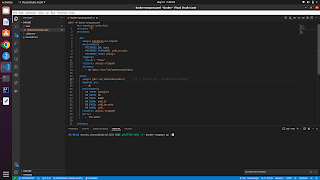MySQL Multi Source Master Slave Replication using GTID

We are using GTID-based master-slave replication. In this replication, both master and slave should have the same GTID. This blog post aims to provide a step-by-step guide to help you set up MySQL Replication using GTIDs and help you replicate your MySQL data with ease. Prerequisite Master Source 1 Channel name: DEVELOPMENT Database: mydb1 Enable Replication For Tables testing1 testing2 testing3 Mysql Server Running: 192.168.0.201:3307 Master Source 2 Channel name: PRODUCTION Database: mydb1 Enable Replication For Tables testing4 testing5 testing6 Mysql Server Running: 192.168.0.201:3308 Slave Mysql Server Running: 192.168.0.209:3306 Configuration of masters(192.168.0.201:3307/192.168.0.201:3308) and slave (192.168.0.209:3306) my.cnf config for master (192.168.0.201:3307) my.cnf config for master (192.168.0.201:3308) my.cnf config for slave (192.168.0.209:3306) Steps for taking a dump and restoring it Run the following commands in both masters 192.168.0.201:3307 and 192.168.0.201:3




